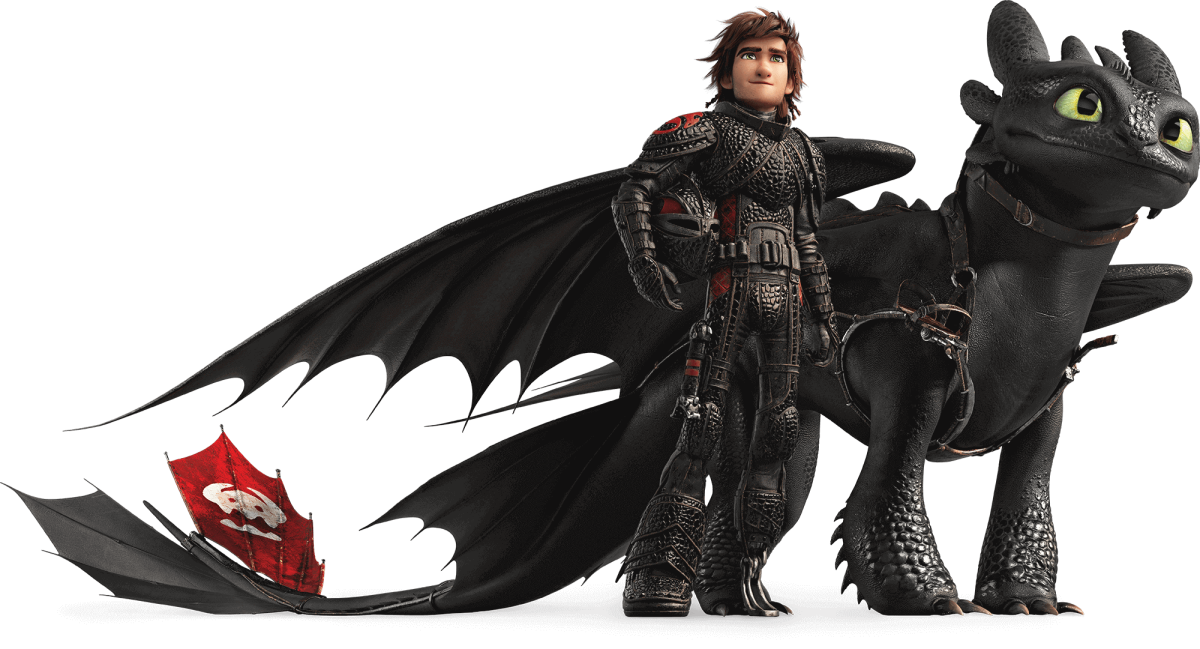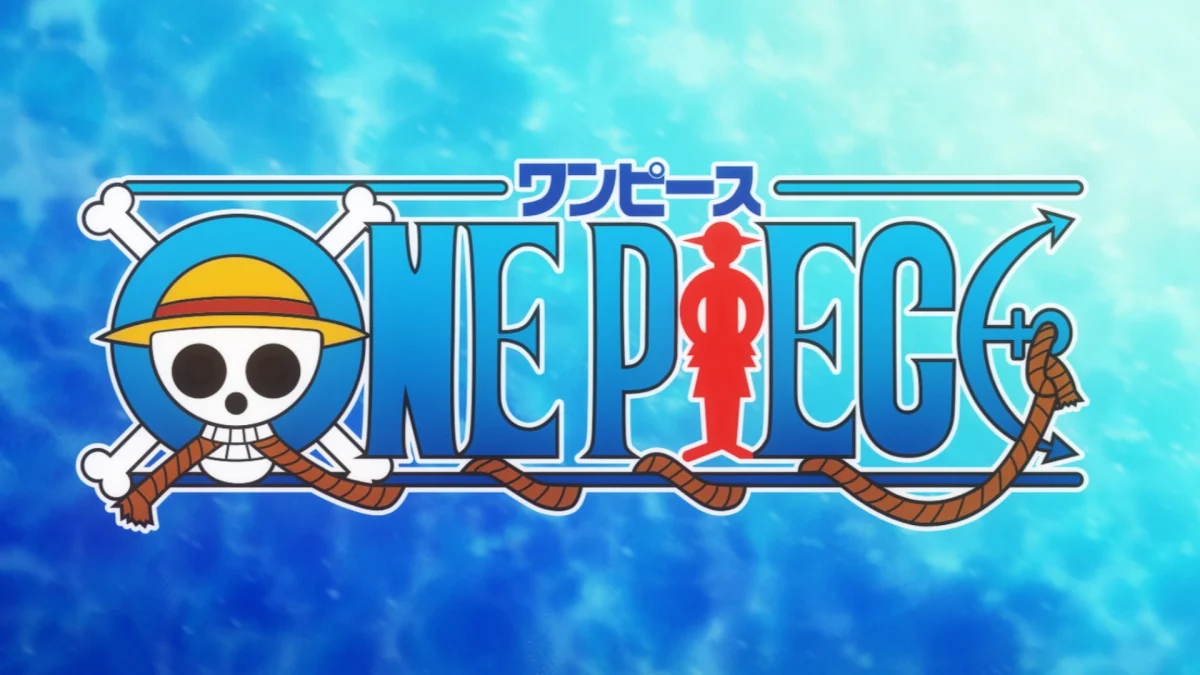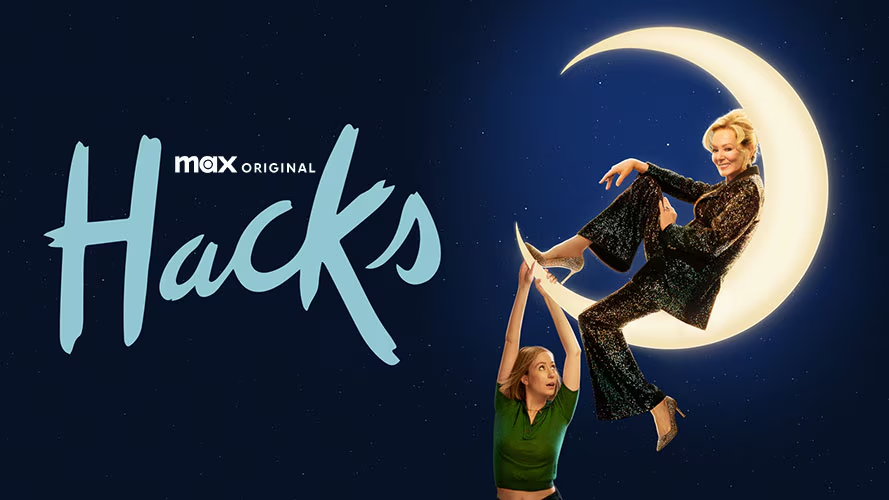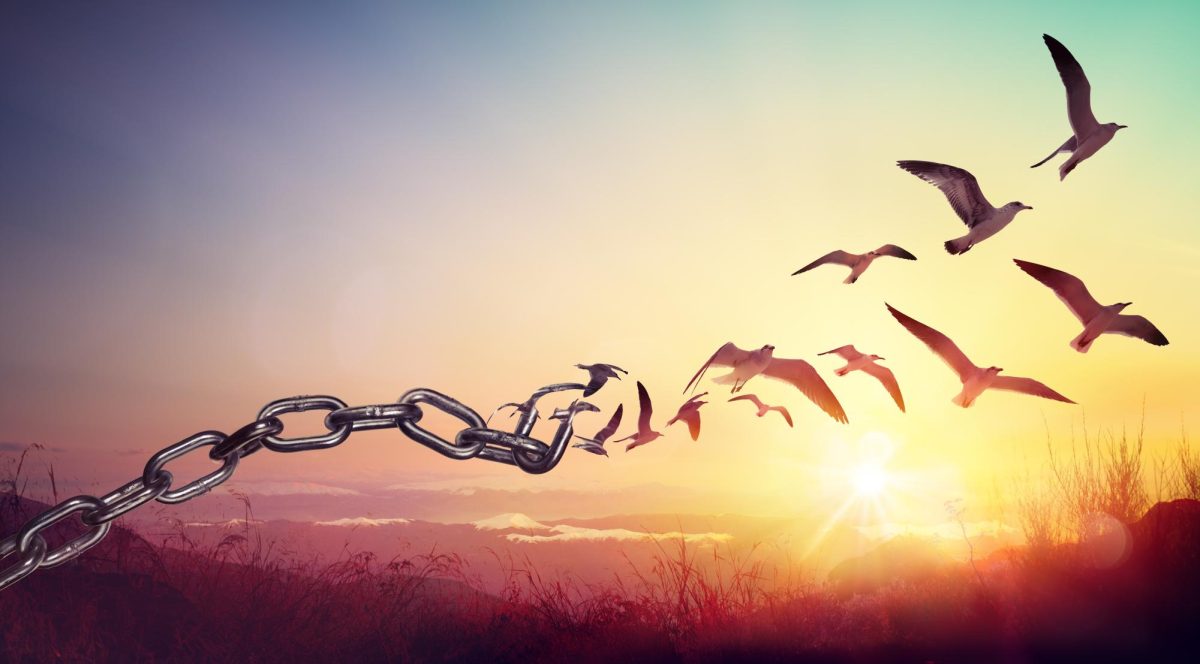This is a three part series exploring Avatar: The Last Airbender and related entertainment.
I have gotten a lot out of quarantine- both good and bad- but I think the most surprising thing that I have discovered (or rediscovered, I should say) is my love for the Avatar: The Last Airbender series. With a 100% score on Rotten Tomatoes, it is obvious that just about everyone shares the love that I have for this series, and there are so many reasons why. After being added on Netflix, I flew through the series in about three days.
Often labeled as a “kids cartoon”, people dismiss the show before even trying to watch it. In reality, the show features carefully thought out characters and plot lines, while also discussing difficult topics such as genocide and totalitarianism. Although it is deemed as a kids show, the themes and stories within the series make it inherently political, and it presents these themes in a way that is understandable and appropriate for kids.
The show is an animated American television series, with anime inspiration. It is not specifically an anime, per say, because it is not rooted in Japanese culture, but it does take some obvious stylistic inspiration from Japanese Anime. The show is set in an Asiatic world divided up into four nations consisting of the elements: water, earth, fire and air. To expand more on the cultural influence in the show, each nation takes inspiration from different cultures across Asia and North America: the Earth Kingdom is modeled after China, the Fire Nation off of Imperial Japan, the Air Nomads off of Tibetan Monks, and the Water Tribes off of the Inuit tribes. Each nation has certain people known as “benders” who can control and manipulate each element (firebenders, earthbenders, waterbenders and airbenders).
However, there is one person who can control all four elements known as the Avatar, and their duty is to maintain harmony and peace. The Avatar is born into one of the nations, and when they die they follow the “Avatar cycle” and are reborn into the next nation in the order of water, earth, fire and air. Although the Avatar is reborn into a new nation, it is considered to be the same person and can harness the knowledge of all past Avatars in the “Avatar state”. The duties and powers of the Avatar go deeper than what I just explained, but for the sake of brevity, I will keep it short.
The opening sequence of the show explains: “Long ago, the four nations lived in harmony. Then, everything changed when the fire nation attacked.” The show opens in the midst of a 100 year war following the disappearance of the Avatar, who is assumed to have either died during the genocide of the Air Nomads, or to be in hiding. In the pilot episode “The Boy in the Iceberg”, we see two Southern Water Tribe siblings, Katara and Sokka, who while fishing, discover Avatar Aang who had been preserved in an iceberg for 100 years. We also see the exiled Prince Zuko, who has been hunting for the Avatar since he was banished from the Fire Nation two years prior. The large explosion caused by the release of Aang from the iceberg draws the attention of Prince Zuko, who realizes he has found the Avatar.
This pilot sets up the rest of the series where Aang, Katara and Sokka- along with some friends- set off to defeat the Fire Lord, and end the 100 year war. Aang, having been stuck in the iceberg as a 12 year old for over 100 years, had not been given time to master all of the elements, let alone mature and grow into a fully realized Avatar. This sets up an entire character arc of him growing and learning the elements, as well as learning from his experience how to maintain balance in the world. The Avatar is said to be the bridge between the mortal world and the spirit world, and the Air Nomads were the most spiritual of all the nations. This translates into Aang’s approach to dealing with the Fire Nation, where he takes on a less violent route as opposed to the Avatars before him. Although he faces some issues due to his pacifism, I applaud the writers for keeping this trait consistent, despite it leading to a less attainable outcome.
Katara gets a lot of hate for her more “cliche” and “boring” storyline. When she was young, she explains that an attack on her tribe resulted in her mother’s death, and her father was sent away to fight against the Fire Nation, along with all the other men of her tribe.
This leaves her to serve as a motherly figure to her older brother Sokka, as well as the other children of the tribe. Although older and considered to be the “man” of the tribe, Sokka sees Katara as a mother figure who has taken care of him his whole life. This translates into her motherly role in the group. A lot of fans criticize her for being too overbearing and using her mother’s death against others, despite the tragedies that happened in Aang’s life. However, I think the writers did a fantastic job of incorporating Katara’s experiences in the water tribe into her character. Katara only ever uses her mother’s death to relate to other characters who have gone through traumatic events, never to try and minimize their experiences. Her role as a motherly figure balances out the more erratic and free spirited natures of Sokka and Aang.
Being the only waterbender left in the Southern Water tribe (a point that becomes more important in season 3), she never had a formal teacher, and struggles with waterbending. Audiences get to see her development over three seasons from a more timid amateur waterbender into a fully realized master.
Now on to Sokka, the comedic relief. As a kids show, it has natural humor, but the darker themes remain present. To break up some of the more tense moments, the creators included Sokka. Too young to leave and fight in the war, Sokka was left behind to hunt for and protect the tribe. Being a non-bender, Sokka struggles with fitting in and he often feels like he drags down the rest of the team. Again, I would like to applaud the writers for keeping a consistent character arc, because Sokka never loses sight of his personality and values. Although he grows as a warrior and a leader, he never “buffs up” or goes through a whole transformation as a person- he maintains his upbeat and eccentric personality. Additionally, instead of relying on cliche tropes for the comic relief, the writers allow Sokka’s personality to shine.
Last is two of my favorite characters, Iroh and Zuko. Without giving too much away, I am amazed at how the writers are able to turn a very unlikeable character like Zuko into someone that audiences can understand and sympathize with. None of their storylines are too rushed and the relationship between Zuko and his Uncle Iroh develops and unfolds well through the rest of the series. Even from the beginning, I wouldn’t consider Zuko to be the antagonist, but rather a morally-gray character. He doesn’t realize that the Fire Nation is in the wrong, and his quest to find the Avatar is fueled by his desire to please his father and restore his honor as the crown prince. In fact, that is what I like about a lot of the villains from the series: they all have some justification to their actions (except for Ozai, he was just kind of a jerk). Even the smallest details matter, and that makes rewatching the show now that I’m older even better.
Avatar: The Last Airbender is a show for everyone. With such a beautiful message and serious themes, even adults can enjoy and appreciate the beauty of the show. Although quarantine may have been a bummer, I’m glad that I got the chance to sit down and enjoy some of the same things that I enjoyed as a kid. Maybe Miss Rona was onto something here, I needed some of these important lessons from Avatar more than ever.










